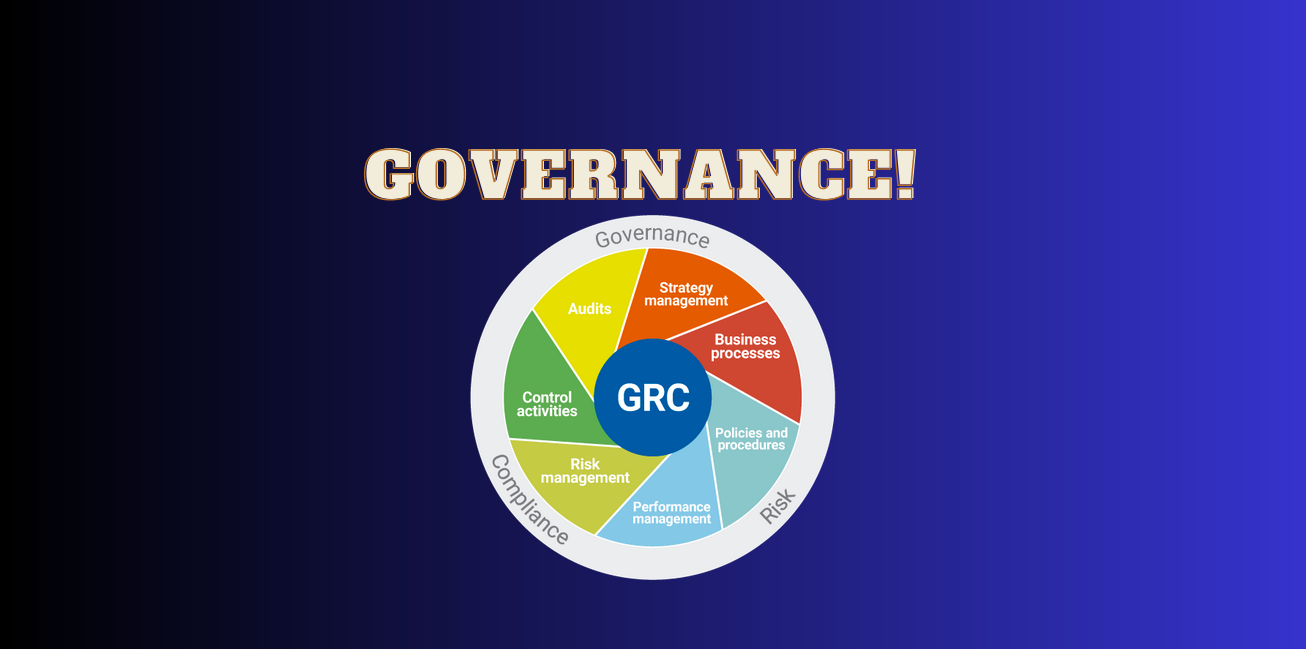Governance?

In the rapidly evolving digital landscape, the importance of robust cybersecurity governance cannot be overstated. Let’s delve into the concept of cybersecurity governance by exploring its definition, understanding the characteristics of effective governance, and determining the suitable approach for different entities.
What Constitutes Cybersecurity Governance?
Cybersecurity governance encompasses the policies, processes, and organizational structures that an entity employs to safeguard its digital ecosystem. It transcends the technical aspects and delves into how an organization makes decisions regarding its cybersecurity strategy, risk management practices, and compliance efforts.
Characteristics of Effective Cybersecurity Governance:
-
Transparent Policies and Procedures: Effective cybersecurity governance hinges on the establishment of transparent and comprehensive policies and procedures. These documents should articulate the organization’s cybersecurity approach, encompassing acceptable use policies, incident response protocols, and data protection measures.
-
Holistic Risk Management: Sound governance includes a holistic risk management framework, involving the identification, assessment, and mitigation of cybersecurity risks. Regular risk assessments ensure that organizations remain proactive in addressing emerging threats and vulnerabilities.
-
Adherence to Regulations: Governance excellence involves strict adherence to relevant cybersecurity regulations. This includes a thorough understanding and compliance with industry-specific standards and legal requirements, such as GDPR, HIPAA, or other regional data protection laws.
-
Board Engagement: A critical aspect of effective governance is the active engagement of the board of directors. Boards should be well-informed about cybersecurity risks and strategies, ensuring the integration of cybersecurity considerations into overarching business decision-making processes.
-
Continuous Monitoring and Enhancement: Cybersecurity governance is an ongoing effort. It necessitates continuous monitoring, assessment, and enhancement. Regular audits and assessments empower organizations to adapt to evolving threats, thereby fortifying their security posture.
Tailoring Your Security Governance Approach
The approach to cybersecurity governance may differ based on an organization’s size, industry, and specific requirements. Some organizations may opt for a centralized governance model, featuring a dedicated cybersecurity team, while others may adopt a decentralized model where responsibilities are distributed across various departments.
When determining the appropriate approach, organizations should factor in their risk tolerance, budget constraints, and operational nature. Collaborative efforts involving IT teams, legal departments, and senior management are often pivotal in crafting a comprehensive and effective cybersecurity governance strategy.
Conclusion
In conclusion, cybersecurity governance is a dynamic discipline that necessitates aligning cybersecurity efforts with business goals and managing risks adeptly. By implementing transparent policies, involving the board proactively, and perpetually refining security measures, organizations can confidently navigate the intricate realm of digital security.